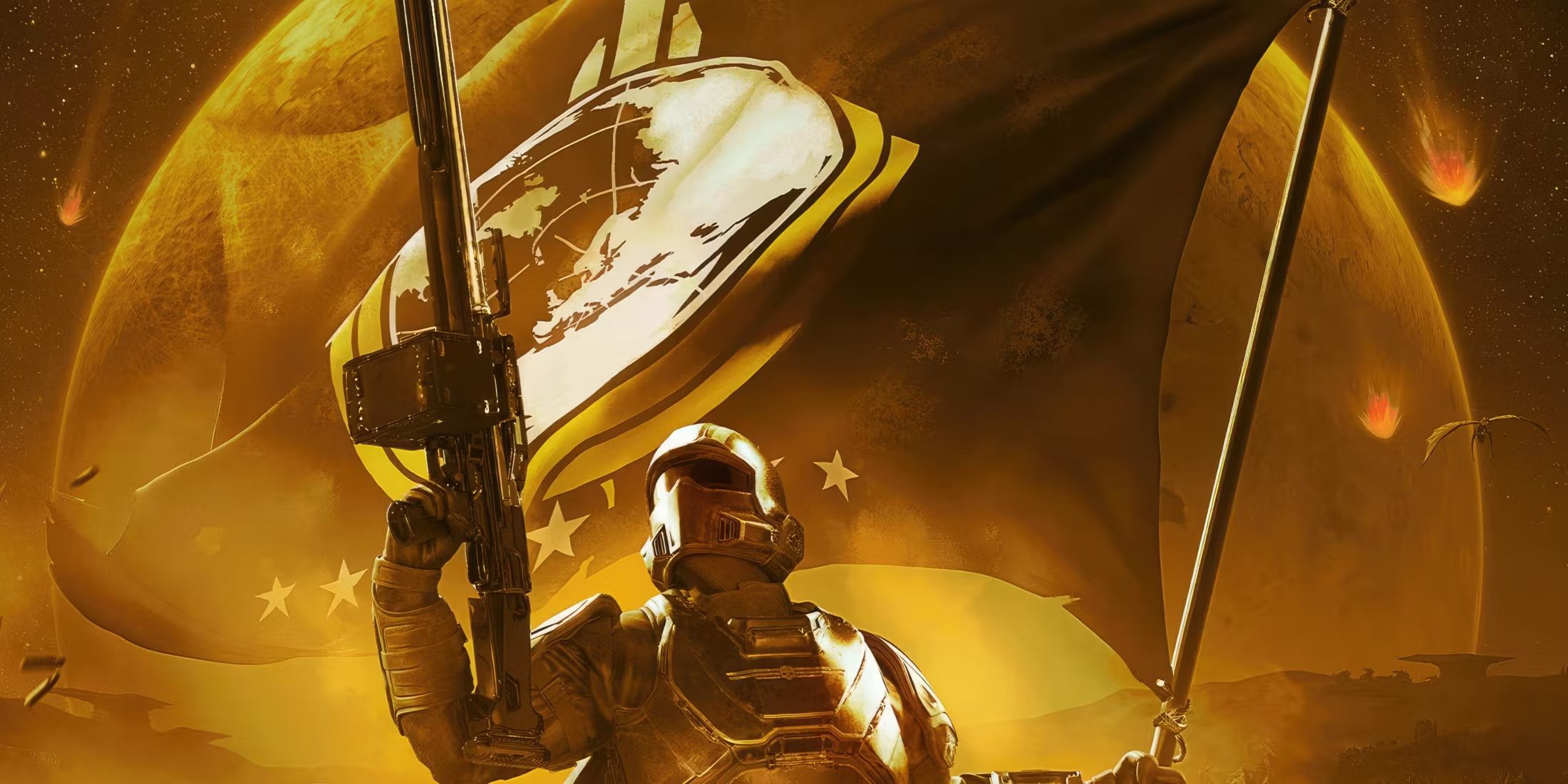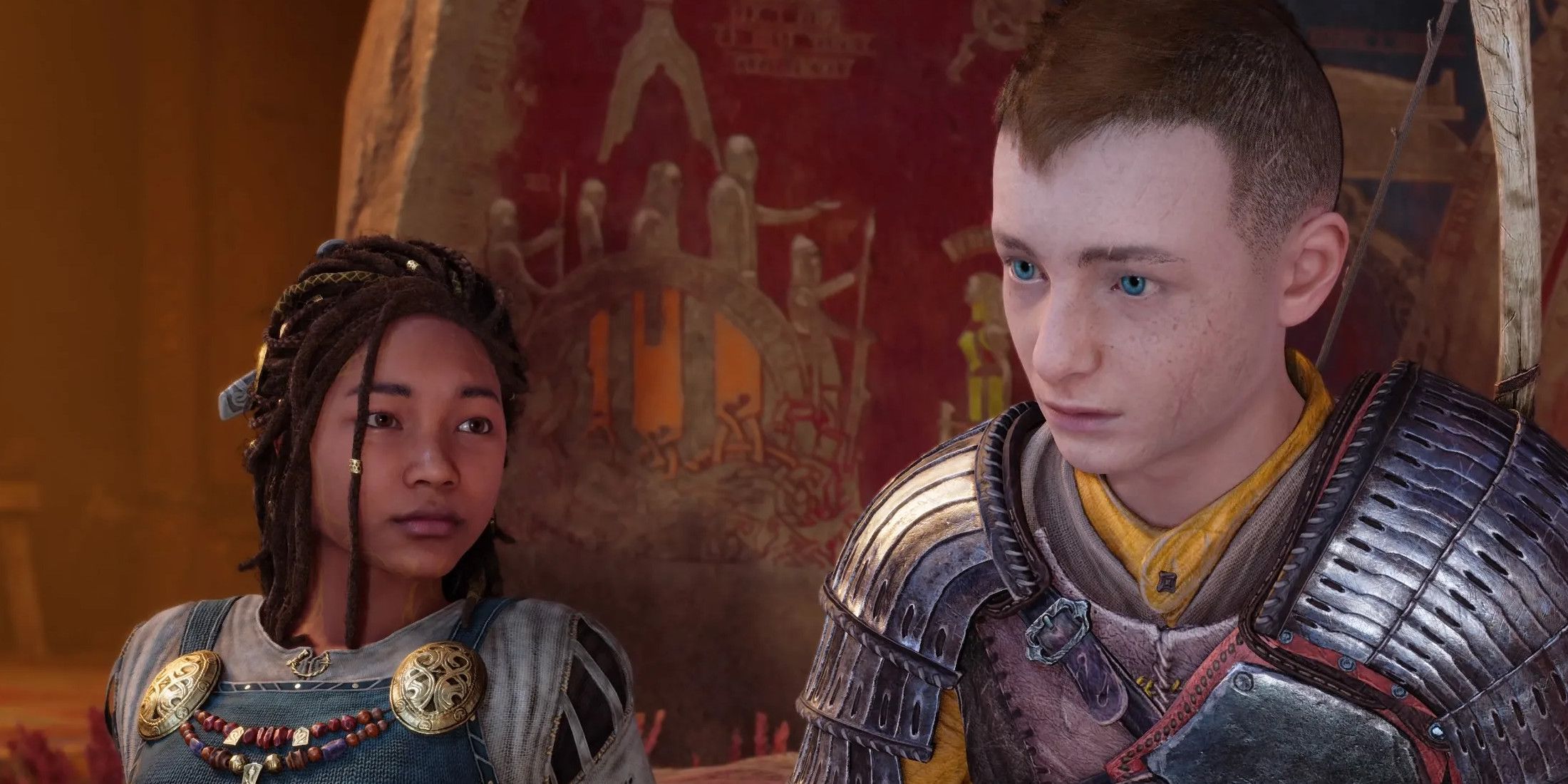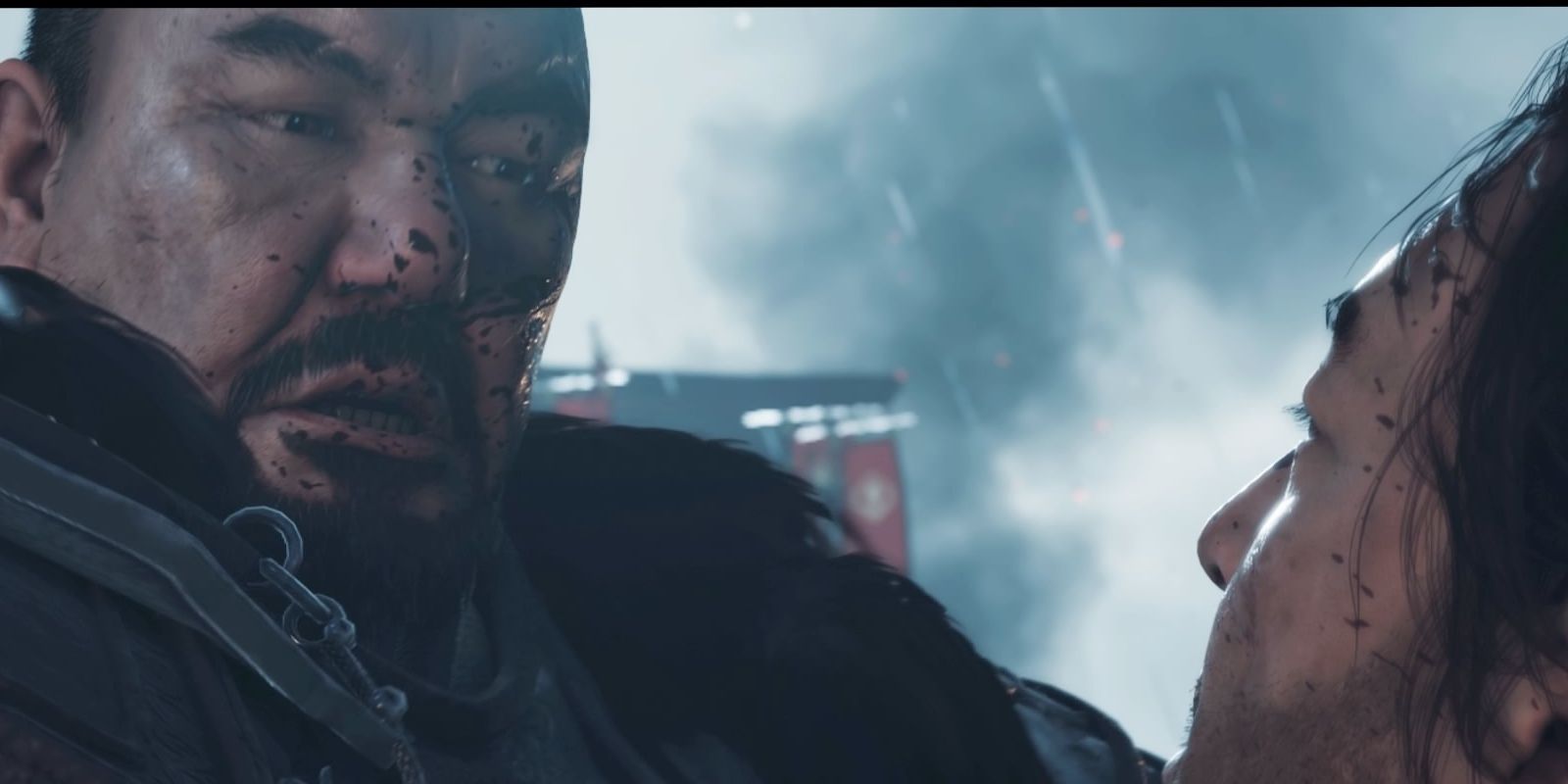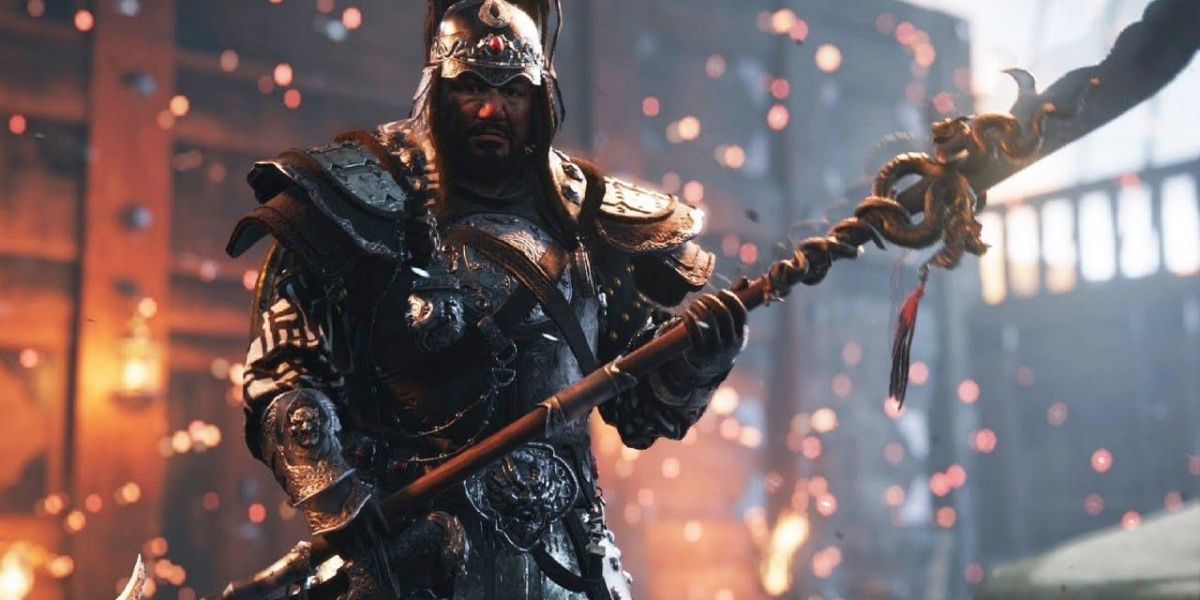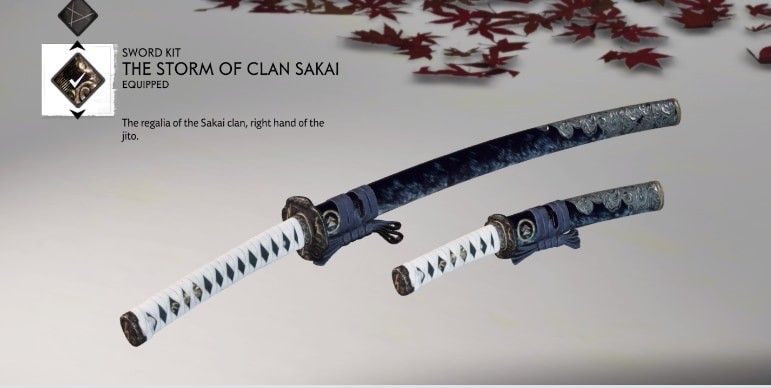Ghost of Tsushima is an interesting brand of historical fiction, as it adapts a portion of history not widely known. The Mongol invasion of Japan historically ended in disaster for the Mongolian army, as it is said that a storm came and sunk all of their ships before they reached the mainland (though it is said by some sources that they did reach the mainland, if only for a moment). The invasion of Tsushima specifically isn't as well documented, so Sucker Punch had a lot of room to play around with history to make things more interesting. Perhaps the most interesting adaptation is of the ending, however, which views the Mongol's failed invasion from a different perspective.
Throughout Ghost of Tsushima, Jin slowly falls from grace out of the life of a Samurai and into the role of the Ghost. Though this helps to unite the people and ultimately push back the Mongol invasion, sparing the mainland any trouble at all, it angers both Jin's Uncle Shimura and the Shogun of Japan. The way this plays out is interesting, as it heavily influences the end of the game and Ghost of Tsushima's take on the end of the Mongol forces in Japan. Spoilers ahead for the ending of Ghost of Tsushima, so players that haven't finished the story mode should do so before reading.
Ghost of Tsushima Port Izumi
Jin's penultimate battle takes place at Port Izumi, as he and his cohorts make a last ditch effort to stop Khotun Khan and his army from reaching the mainland with the poison which Jin concocted. This is an emotionally charged battle, as Jin and the player both know that the price of failure is thousands of deaths caused by something Jin himself created. The battle plan that Jin and Yuna develop is complex and involves multiple stages that each utilize different ally strengths, but interestingly Kenji's role may just be the most important.
Jin tasks Kenji and Yuna with stealing a Hwacha, a Mongol siege weapon capable of firing flaming arrows at rapid speed. With this weapon at their disposal, Kenji and his team successfully destroy most of the Mongol fleet, trapping their forces on Tsushima and allowing Jin to reach Khotun before he departs. In the canon of Ghost of Tsushima, there was no storm which sunk the Mongol fleet, but instead it was Jin and his forces. Those that spent a lot of time playing with Ghost of Tsushima's sword kits may have noticed that his starting sword is the Storm of Clan Sakai, and other things in the game frequently relate Clan Sakai to a Storm as well.
Storm of Clan Sakai
With this knowledge, a storm did in fact sink the Mongol ships in a sense. Given that Jin used less than honorable methods and was eventually branded a traitor by the Shogun, it would make sense that the Samurai of the time wouldn't want his name going down in history as a hero, so per the canon of the game, the story of a storm sinking the ships could have been fabricated. Whether or not it was intentional, it is certainly an interesting connection.
It's clear that the team at Sucker Punch knew about this history, though, as it is referenced ever so slightly elsewhere. One of the more noticeable times is during one of Norio's quests, in which Norio shares his wish that the Mongol fleet would be destroyed by a massive storm. As it happens, many of the monks at his temple were doing the same, and it seems that they got their wish in a way. This tie in respects history and the legends of Japan while putting the player right in the midst of it and telling a compelling narrative.
Ghost of Tsushima is available now exclusively on PS4.


